Drive Digital Success With Propelrr’s Marketing Framework
Propelrr
May 23, 2022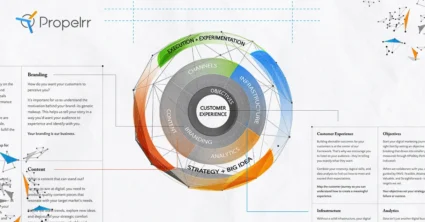
Even though brands and businesses have been able to promote their products and services digitally for well over a decade, the landscape continues to evolve and shift; rendering even the “best digital marketing framework” irrelevant after a certain period, unless they are scalable and adaptable.
You have a multitude of tech platforms, networks, and channels, all of which contain and drive an ongoing storm of content, campaigns, and customer traffic. Everyone is in the process of revolutionizing their business and is undergoing the digital transformation. Put simply, the world of electronic marketing is chaotic—especially if you don’t have an experienced digital marketing agency to help you go through the ropes of the digital landscape.
That’s the message Propelrr CEO Gary Viray wants to get across. Whether you’re a digital marketer or a business owner, you have to respect digital as if it were a force of nature; don’t expect it to simply work for you. It takes proper planning, systems, processes, and execution to get your digital marketing strategy off the ground.
Components of the Propelrr Digital Marketing Framework
So how do you do it right? Gary Viray goes over it step by step in this latest Takeoff Session by discussing the Propelrr digital marketing framework composed of:
- Objective
- Branding
- Infrastructure
- Analytics
- Content
- Channels
- Strategy + execution
- Customer experience
That’s a lot to unpack, so let’s jump straight into it.
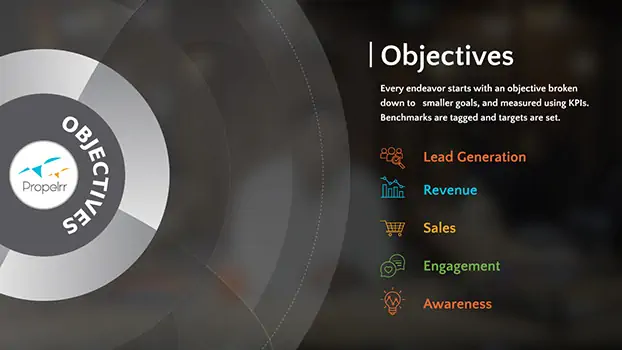
The Core of the Campaign
Stephen Covey, author of Seven Habits of Highly Effective People , said it best: Begin with the end in mind.
What’s true for people applies to digital transformation as well. There should be clear objectives that define the direction of the digital strategy moving forward. It’s no good to just say you want it to be successful. What do you mean by that? Are you looking for more leads, more revenue, more engagement from your current customers, or greater awareness of your brand across the market you’re competing in? Which part of the marketing funnel do you want to optimize for?
When you know where you want to go, you’re off to a good start.
Takeoff tip: Every strategy starts with objectives to direct it.
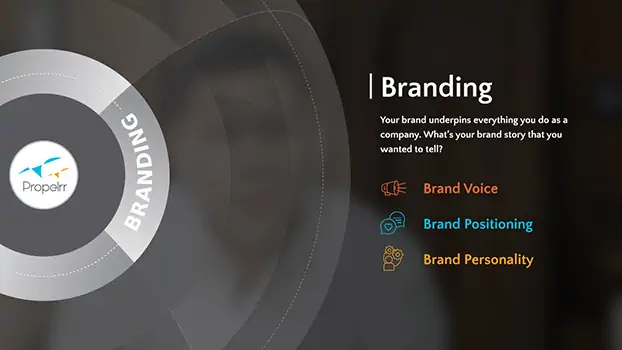
Clarify Your Brand Voice
The next important element of the digital marketing strategy framework is the brand voice. As Gary explains, a company’s digital branding underpins everything it does. Its products and marketing should be geared toward telling a particular story.
Your story, your characterization, will determine how customers perceive and identify you. If it’s compelling, it communicates your purpose clearly, and if it sticks to your unique brand DNA, you can rise above the digital noise. That’s a crucial step toward getting people to identify and acknowledge your value in their lives.
Takeoff tip: A clear, consistent brand voice is crucial.
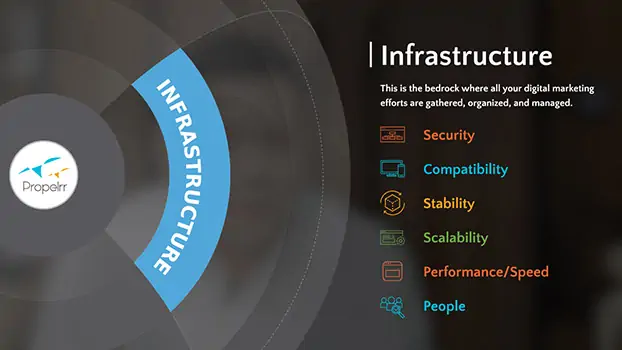
Have a Solid Infrastructure
From here, we move closer to the operational side of things, and that starts with infrastructure. To have a successful campaign, you need a robust infrastructure. That mostly deals with your digital assets — landing pages, websites, mobile applications. More specifically, they must hold up in terms of multi-device compatibility; scalability and stability to meet incoming customer traffic; security to ensure proper privacy and data protection; speed to deliver a stimulating experience; and overall performance.
Of course, no digital marketing effort will work without the right people. That means having a team to set up and keep things running smoothly from behind the scenes. It’s a daunting challenge, for sure — but if you have the best people, they can make it look easy.
Takeoff tip: Infrastructure provides the foundation for any campaign.
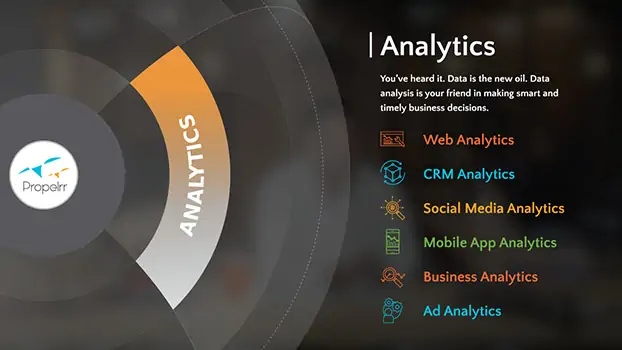
Get Feedback from Analytics
The next piece, analytics, entails getting hard, indisputable numbers from web, CRM, social media, mobile, ad or business platform analytics tools. With the right systems, you can translate cold data into valuable intelligence.
Gary explains: “This will give you good insights and solid data attribution model that will lead you to better business and marketing decisions moving forward.”
Analytics really shines when it’s used to track a campaign’s progress toward goals and KPIs, which are the key performance indicators. You can’t tell how effective your digital marketing plan is unless you have the proper KPIs and analytics tools in place. A company that wants to raise sales, for example, can do it by improving conversion or increasing customer spend per order. The KPIs would be conversion rate and average order value; the goal could be absolute ($1 million in sales) or relative (3% growth, or 5% market share). And by tracking other variables in the campaign, such as levels of onsite search vs. offsite search, you could also find out which components of your campaign machinery are helping you reach your goals.
Takeoff tip: Analytics helps you manage, optimize, and run your campaigns effectively and successfully.
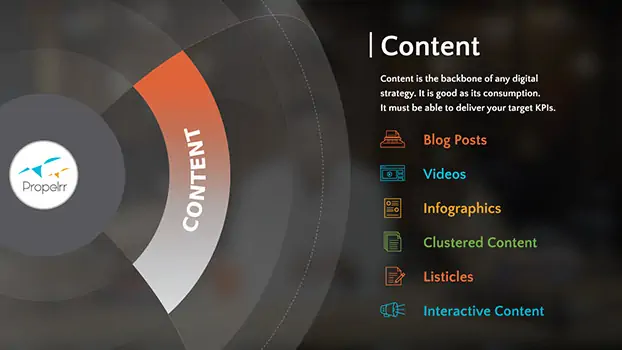
Consider Your Content Options
The backbone of any digital strategy, content marketing, is the easiest to understand but arguably the hardest to get results from. As everyone says, content is king, and it can take many forms: blog posts, videos, infographics, clustered content, listicles, and interactive content.
But what is content exactly? In a nutshell, content is what you put out on your digital to engage your customers and desired audience.
Of course, engagement is very important; getting thousands of likes, shares, and comments on a piece of content that tells a brand’s story would be priceless to practically any marketing professional. But then again, it’s a hollow victory unless you can get people to take concrete steps to support your objectives.
Takeoff tip: Content is more than the story you tell. It must invite action.
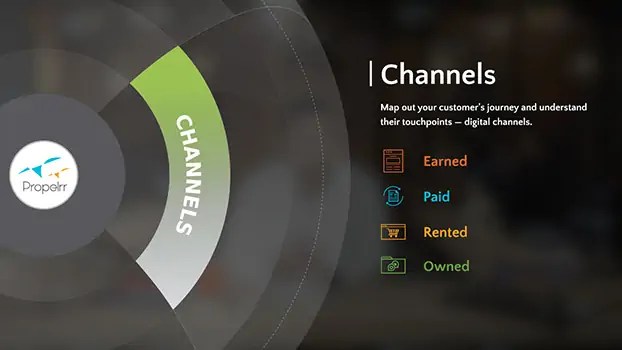
Choose Your Channels
Finally, from the operations side, you have to consider the channels. Any digital marketing plan sample under the Propelrr framework recognizes four types of channels:
- Earned – includes SEOs, reviews, word-of-mouth, virality
- Paid – includes Pay Per Click or PPC Ads like Google AdWords, social media ads, sponsored content, digital PR, and paid influencers
- Rented – includes your Facebook, YouTube, X, Instagram, and LinkedIn accounts
- Owned – includes your websites, landing pages, blogs, mobile sites, mobile apps, and email newsletter
As Gary Viray says, it’s important to understand your target market. Aside from finding out which channels they’re most engaged in, you have to determine which channels they’re converting through, which channels are helping to make conversions or growth happen, and which channels simply aren’t working.
Another important consideration is the level of control — including the amount of analytics data — you can have in each channel. Companies and brands have basically 100% control in owned channels, and have less in rented channels because of policies and conditions that the host platforms impose.
Gary says: “For us it is important to invest more in your owned channels, because these are the channels that you basically control 100% and can give you more data, and there are no limitations on how are you going to maximize it.”
Takeoff tip: Choose to invest in channels where you can reach and engage customers most effectively.
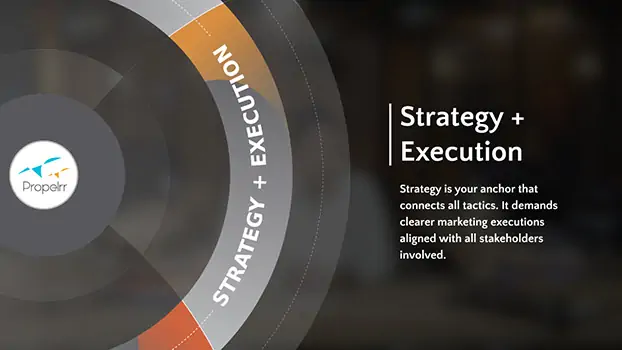
Strategize and Execute
After the objectives, brand voice, and operational considerations have been identified, it’s time to start moving. But don’t just jump in. Now’s not the time to stop thinking. In fact, this is the most important time to be strategic.
To be strategic, basically, means determining which sequence of choices would put you in a position of sustainable advantage and superior value compared to the competition. That can be defined by a simple digital strategy statement that spells out what you want to win, where you want to compete, and how you want to win. Once you’ve established that, then you move on to execution: make sure your assets and resources are used in line with the strategy for success.
Takeoff tip: Go into your digital marketing campaign strategically and with an eye on execution.
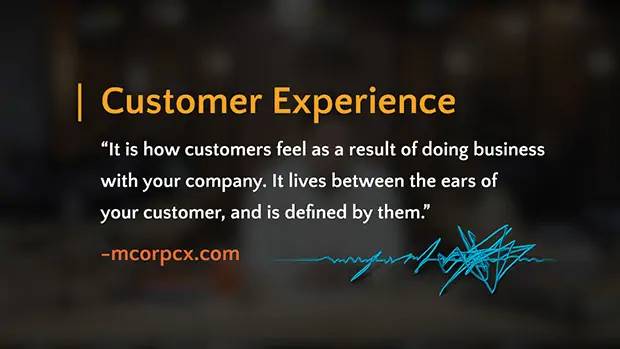
Create a Great Customer Experience
Even with the most solid marketing frameworks, your digital efforts will fall flat if they fail to deliver the better customer user experience. That’s the last piece of the Propelrr approach. The digital marketing world is based on an attention economy, which means you have to fight for people’s time and focus. Achieving your campaign objectives is great, but when customers feel good as a result of interacting or doing business with your brand, then you’ve got the makings of a loyal base—better growth for the brand.
That concludes the discussion on Propelrr’s digital marketing campaign approach. Did you find this helpful? Do you have any questions about how it could be used in your own campaigns? Or maybe you want to see it in action for yourself?
In truth, this is but the high-level discussion; we’ve got a whole detailed page tackling the nitty-gritty details of the Propelrr Digital Marketing Framework for you, elsewhere. So make sure to check that out! And if you’d like to know more or just want to let us know your two cents about scaling a digital marketing framework for your business, you can leave a message through our YouTube, Facebook, X, or LinkedIn. We’re excited to hear from you!